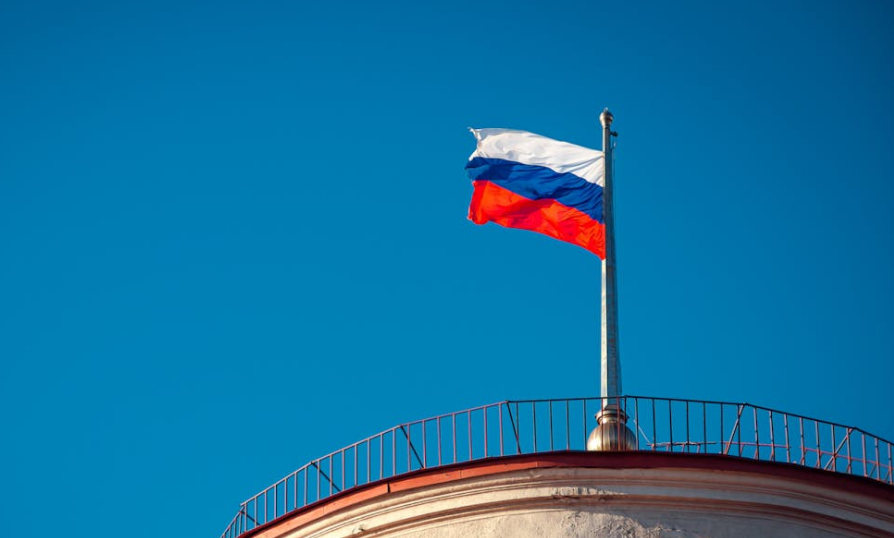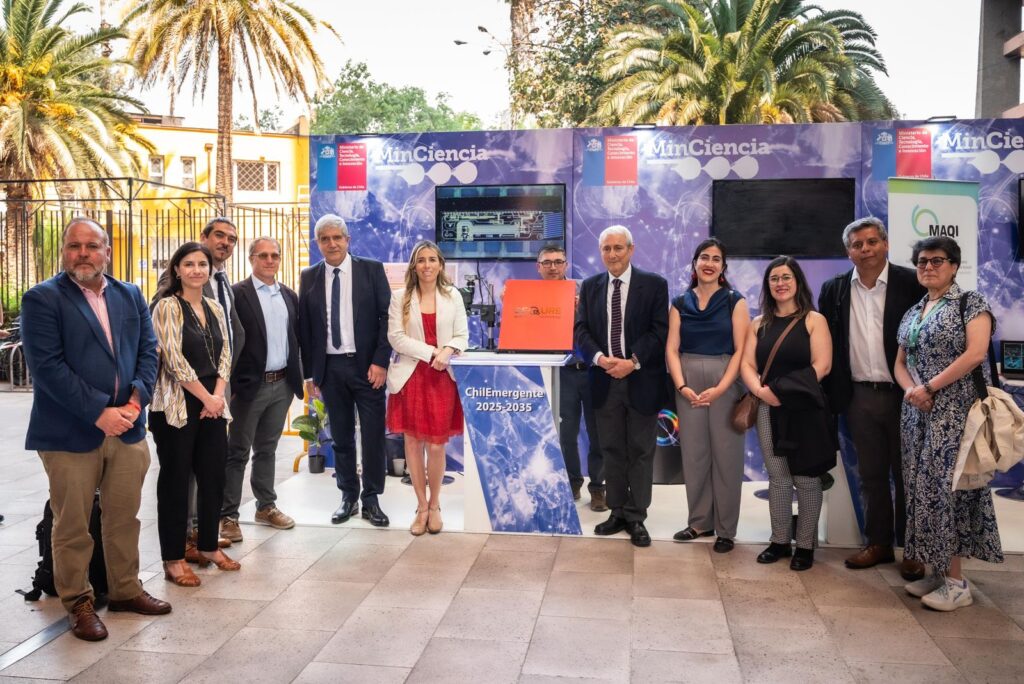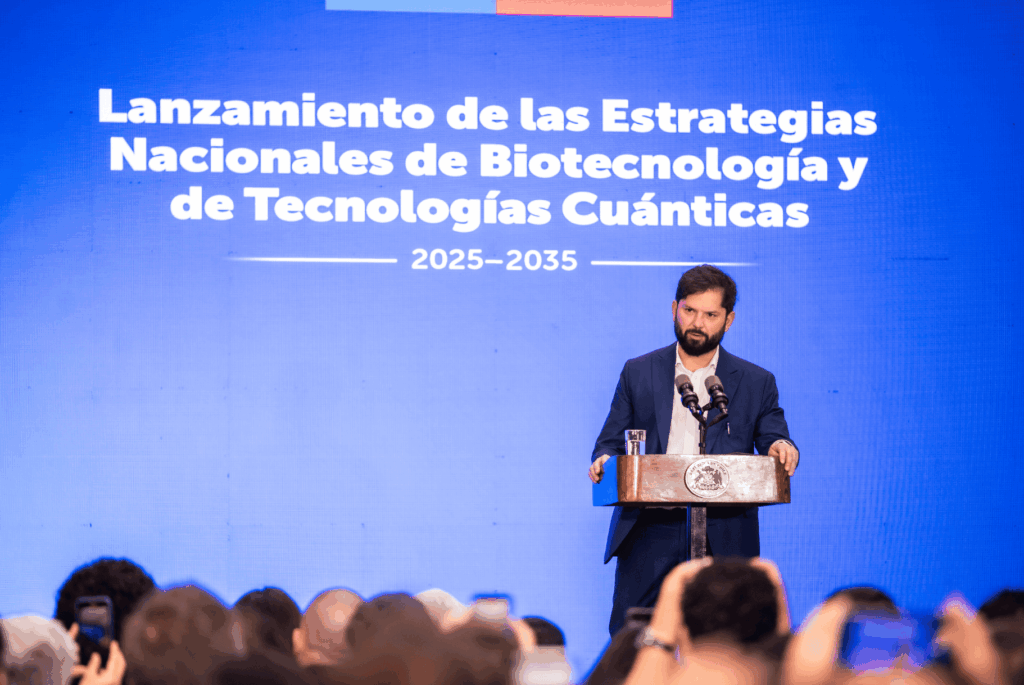
Zero Electrical Resistivity
A superconductor, for anybody who’s wondering, is a type of material able to conduct electricity effortlessly. And electricity as a phenomenon is just the process of electrons passing from one atom to another. Superconducting materials, then, allow electrons to do this with no resistance whatsoever (zero electrical resistivity). By doing this, no heat, sound or any other form of energy is released from the material and the said material becomes a superconductor. In order for most materials to attain superconducting abilities, they are required to be at a very low energy state, which means being very cold.
A conductor and semiconductor, on the other hand, are neither good conductors nor good insulators, and they also have resistance to a lesser or greater degree, depending on the material.
Research into finding materials that possess superconducting attributes at higher temperatures has been going on for years. One of the downsides to this is it requires a lot of energy during the cooling process, which turns out to be very expensive and not very efficient at all.
That may have been until recently, anyway:

Room Temperature Superconductor
A researcher and his colleagues at the University of Central Florida have revealed their findings to this problem in the paper Quantum-critical scale invariance in a transition metal alloy, published in the science journal Communications Physics — Nature. In the research, the team declared that ‘developing a practical ‘room temperature’ superconductor is a feat science has yet to achieve. However, researchers are working to move this goal closer to realization by taking a closer look at what is happening in ‘strange’ metals’.
“If we know the theory to describe these behaviours, we may be able to design high-temperature superconductors.” Yasuyuki Nakajima, an assistant professor in the UCF’s Department of Physics, said. “We used an alloy, a relative compound of high-temperature iron-based superconductor, in which the ratio of the constituents, iron, cobalt and nickel, in this case, is fine-tuned so that there’s no superconductivity even near absolute zero. This allows us to access the critical point at which quantum fluctuations govern the behavior of the electrons and study how they behave in the compound.”
Nakajima et al conclude that these ‘strange metals’ are materials that manifest bizarre temperature behaviour in electrical resistance. Their behaviour can also be measured in other high-temperature superconducting materials when they are not in a superconducting state. The research asks the question of how certain metals turn into high-temperature superconductors while others don’t. And also, especially to further the development and insight into high-temperature superconductors, how the behaviour of electrons during the strange metallic phase could enhance scientific knowledge about the mechanism for superconductivity at much higher temperatures that are currently available to science.
“The quantum critical behaviour we observed is quite unusual and completely differs from the theories and experiments for known quantum critical materials. The next step is to map the doping-phase diagram in this iron pnictide alloy system.”
Exciting news, particularly for the energy sector, transportation (levitated trains) and the quantum computing (QC) industry.
On talking about the team’s future research plans, Nakajima said: “The ultimate goal is to design higher temperature superconductors. If we can do that, we can use them for magnetic resonance imaging scans, magnetic levitation, power grids, and more, with low costs.”

The Japanese physicist, who has nearly 150 research papers stretching back twenty years that he has authored/co-authored, added: “Recent theoretical developments show surprising connections between black holes, gravity and quantum information theory through the Planckian dissipation. Hence, the research of ‘strange’ metallic behavior has also become a hot topic in this context.”
Only time will tell if the UCF’s team’s efforts will help in finding more effective superconducting materials, but for those interested in learning more about their work, I recommend you take a look at the open-access article at Communications Physics-Nature to expand your knowledge on the topic.
For more market insights, check out our latest quantum computing news here.


















